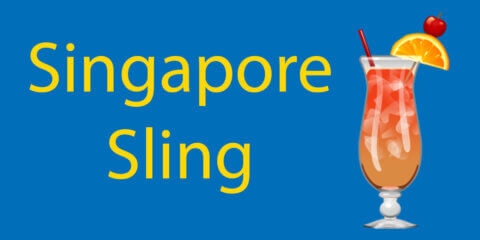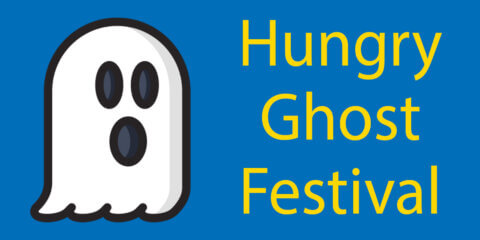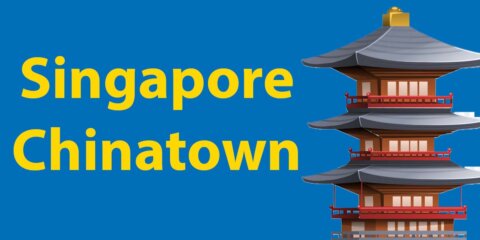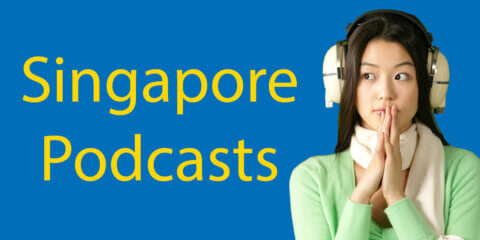Singapore Language Simplified | A Complete Guide
To understand Singapore language it is important to understand the history, geography and politics that have contributed to Singapore’s language.
The short answer to what is the Singapore language is, there are four official languages, each chosen to represent the largest ethnic groups of the country.
English, due to Singapore’s history as a British colony.
Chinese, to unite the large Chinese population.
Malay, which doubles as the national language of Singapore because it’s the language of the indigenous population.
Tamil, to represent the Indian population of Singapore.
Other languages coming from Singapore’s huge expatriated community.
Singapore is, for the most part, a large island around 721.5 square kilometres in size. The only thing that separates it from its neighbour Malaysia is about 800 meters of ocean.
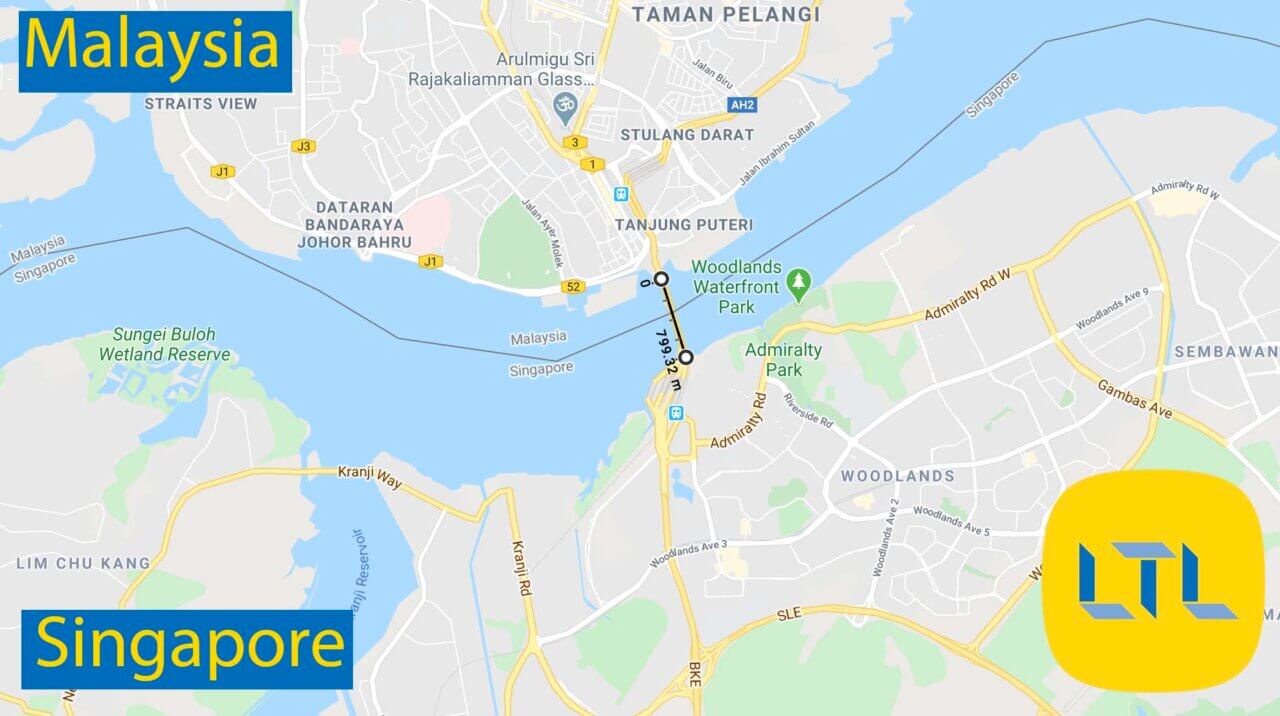
Despite its size, Singapore language is quite diverse.
Singapore was originally a Malaysian trading port called Temasek around the 14th Century and later became known as Singapura. However, it wasn’t well-known until 1819 when it was established as a British trading colony by Sir Thomas Stamford Bingley Raffles.
While under British rule, Singapore had a free trade policy that attracted a lot of Chinese and Malaysian traders and labourers. Immigrants from China quickly became the majority of Singapore’s population.
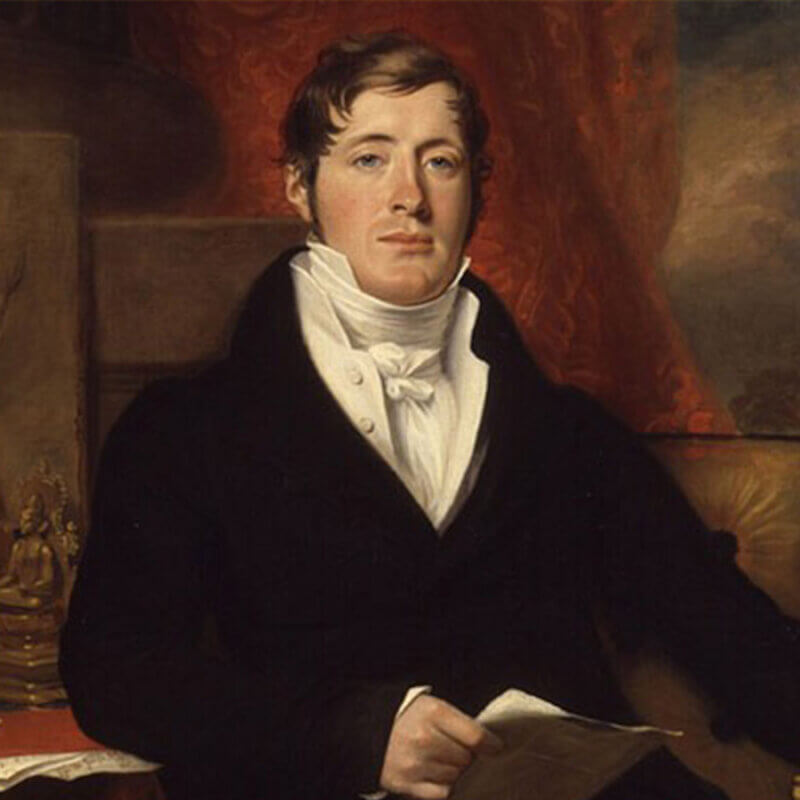
During this time Singapore and India were under British rule which also lead to the migration of many Indians.
From 1963 to 1965, Singapore briefly became part of the new federation of Malaysia, which was formed from former British colonies.
It then became independent in 1965.
Despite the British departure from Singapore, English has always been considered to be the common language that could unite speakers whose native languages we’re different.
English is the main language used in schools, the justice system and is considered to be the language of business.
All Singaporeans are mainly educated in English and are also required to take courses in their ‘Mother Tongue’ that corresponds to their ethnic backgrounds.
Despite young Singaporeans having to focus mostly on English, they are also highly incentivised to keep fluent in their ethnic background’s language as they most likely have older family members whose preferred language is not English.
As a result of heritage languages and educational system, 73% of Singaporeans identify as bilingual or multilingual.
Mandarin is the ‘Mother Tongue’ assigned to students of Chinese background. Even though it is entirely possible the student’s family might use a different Chinese language (or English) at home.
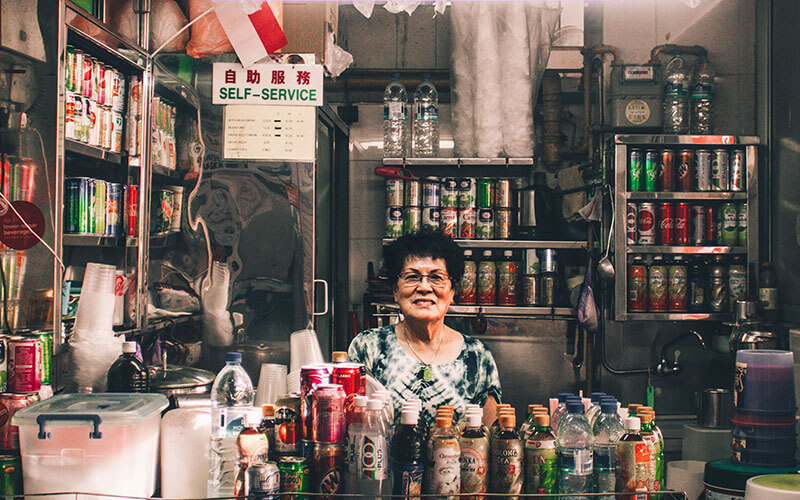
Similarly Tamil is the ‘Mother Tongue’ assigned to students of Indian background. Again, entirely possible that older family members are speaking a different Indian language (or English) at home.
Malay is the ‘Mother Tongue’ assigned to students of Malaysian heritage while some would be speaking English at home.
SINGAPORE FACT NO.29 Singaporeans have developed a unique English accent called Singlish. It’s easy to identify by lots of different endings to sentences such as ‘lah’, ‘leh’ and ‘lor’. A typical example: Can we eat here? Can Lah
https://ltl-singapore.com/facts-about-singapore/
Singapore Language English
The most common Singapore language with around 37% of locals using it as a first language is English. The remainder of the population has some level of fluency in English.
There would be very few Singaporeans with zero English abilities, almost every young Singaporean would be fluent in English. This would be because English was made the main language in all government schools in 1987.
Before then, you would have to choose a school teaching in your mother tongue.
There are two forms of English in Singapore.
- Standard Singaporean English based off British English but spoken with a unique Singaporean accent.
- Colloquial Singaporean English, better known as Singlish.
The standard form of the language is highly promoted by the Government as seen in their ‘Speak Good English’ movement, which was made to try and curb the use of Singlish.
Why would the government care if its people speak Singlish?
The short answer is for international relations such as in academic of professional contexts. The concern is, Singlish would drift into being too niche for outsiders to understand.
However, speaking Singlish doesn’t mean you can’t speak standard English.
Much like English in any country. There is the most standard English used in the most formal of situations, then there is the least formal English that often comprises of local saying and varying pronunciations.
While both ends of the spectrum are quite extreme, people usually use a mixture depending on the formally of the conversation.

Singlish is no exception to this rule. Basically, two close Singaporean friends having an informal conversation would be quite difficult for an outsider to understand. However, both would shift the conversation to more formal English if joined by someone else not familiar with Singlish.
Like Chinese, Singlish is topic prominent. Many sentences will begin by mentioning the topic of the sentence first. Additionally, other plurals forms of nouns, articles and the verb ‘to be’ are optional. The grammatical subject can be dropped if clear from the context. For example:
Singlish: My essay so simple how to pass?
Standard English: How can I get good marks with such a simple essay?
Notice the topic is at the beginning of the sentence?
Singlish: Still got back pain.
English: I’ve still got back pain.
While Singlish is not endorsed by the government it has not lost its popularity. In fact, seen as a point of pride and national identity. As such, there has been a lot of push back from locals to keep the unofficial language alive.
Singapore Language Mandarin
After English, the second most commonly used Singapore Language is Mandarin.
Around 34.9% of Singaporeans use it as their primary language at home. However, if you add the other variations of Chinese used in Singapore, it is used by about 12.2% of the population.
Chinese becomes the most predominant language at 47.1%.
This 12.2% of other Chinese dialects include Hokkien-Taiwanese, other Min Nan variants, Hainanese, Cantonese, Hakka, Fuzhou dialect, Pu-Xian Min and Shanghainese.
Mandarin is one of the four official languages of Singapore and has high importance placed upon it by the government. This has lead to an increase in Mandarin spears in Singapore and a decrease in other dialects.
Much like Singlish (Singapore + English) there is a ‘Singdarin’ Singapore + Mandarin (新加坡式华语 xīnjiāpō shì huáyǔ).
Simply put, this means there has been an evolution of the language due to the multicultured environment.
This doesn’t mean Singapore’s Mandarin is unrecognisable to native Mandarin speakers. It means there is a spectrum wherein Singdarin involves a lot of colloquial and insider language, and standard Mandarin involves the most formal use of the language.

So you don’t need to worry about studying Mandarin in Singapore. Not only are you taught standard Mandarin, locals are very aware that Singdarin won’t be understood by an outsider and as such, they don’t use it around Mandarin learners.
Singdarin has emerged as a result of wide adoption of Mandarin by speakers of other Chinese languages and other ethnic communities adopting Mandarin.
The grammar is essentially Mandarin, with a lot of borrowed vocabulary from other Chinese languages, Malay, as well as English. Sometimes entire phrases or clauses are in English.
Sindarin: 可能 next week 考试后, 我们才 meet。
Translation: Maybe we can meet next week after I finish my exams.
Thinking of visiting Singapore? Check out our list of things to do in Singapore!
https://ltl-singapore.com/things-to-do-in-singapore/
Singapore Language Malay
The third most widely spoken Singapore language is Malay. Around 10.7% of the residents of Singapore speak Malay.
Malay has a special status as the national language of Singapore. As a result of this status, it’s used in the national anthem, military drills and is on the Singaporean coat of arms.
The Singapore language of Malay remains in the standard form as used in Malaysia and in Brunei.
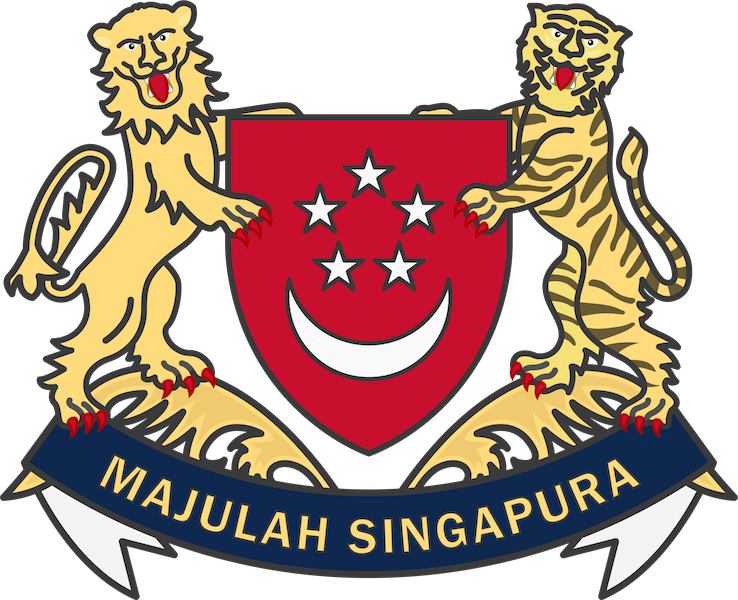
In addition to standard Malay, there is also a hybrid called Baba Malay or Peranakan Malay which is losing popularity amongst younger Singaporeans. It can still be heard amongst older Malay decent Singaporeans.
People speaking Baba Malay are the descendants of settlers who marries local Malays. It mostly comprises of Malay vocabulary but with the influence of Chinese grammar.
Singaporean Language Tamil
The least spoken Singapore language is Tamil. It is the primary language of Southern India and is spoken in parts of Sri Lanka and Malaysia.
Around 9.1% of Singapore residents are of India background. However, only 3.3% speak Tamil as their first language. Most choose English, Malay or another Indian Langauge.
Tamil was chosen as an official language and the Mother Tongue of the Indian population as it was spoken by the majority of ethnic Indians at the time.
It has declined and is now learned as a second language by the majority of the Indian population as their assigned mother tongue.
Still looking for a reason to come to Singapore? Whether you’re drawn by the diverse languages, rich culture, or dynamic city life, it’s also the perfect place to learn Chinese through immersive, high-quality programs.
https://ltl-singapore.com/why-visit-singapore/
Final Thoughts
All of the above information refers to the 3.9 million residents of Singapore. However, there are an additional 1.7 million expatriates (ex-pats) living in Singapore.
Singapore is a thriving business hub attracting people from all over the world. As such you’ll find much more diversity of language spoken amongst the remaining expat population.
While officially the Singapore language is a mix of English, Chinese, Malay and Tamil, the truth is Singapore is a melting pot of diversity and you’ll hear languages from all over the world being spoken.
However, English and Mandarin are known as the Lingua Franca of Singapore.
This means they are the ‘go-to languages‘ to bridge the gap between speakers whose native languages are different.
While there are interesting hybrids of English and Mandarin spoken in Singapore, the people of Singapore are very welcoming and polite to guests, and would speak to you in the most standard form of English and Mandarin.
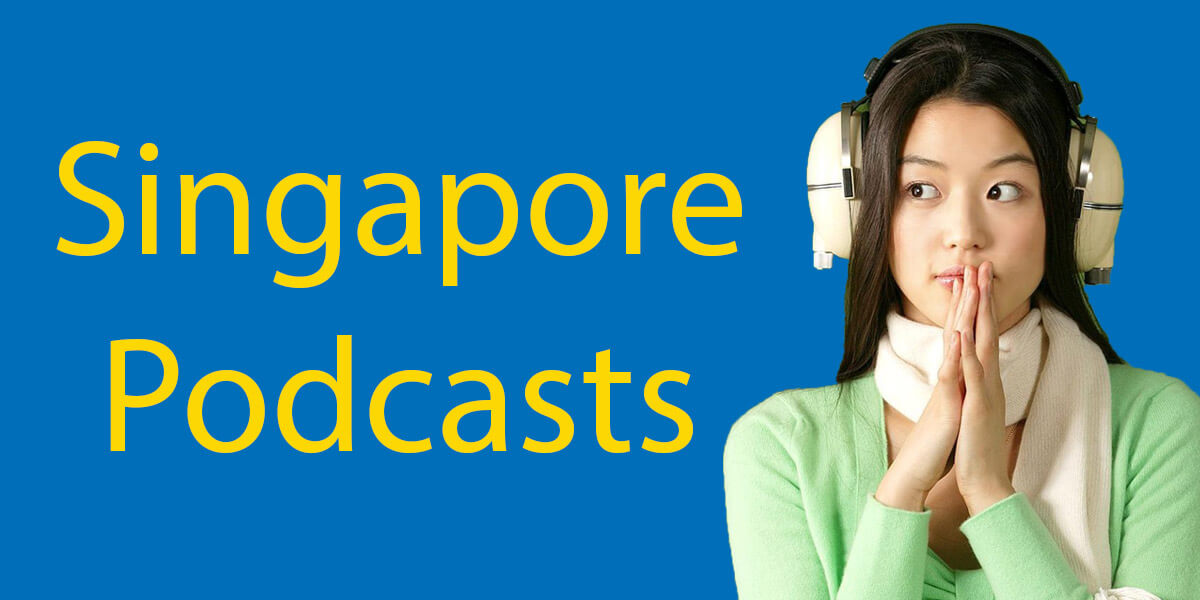
Singapore Podcasts
11 Singapore Podcasts to keep you entertained an up to date Singapore’s news, culture, gossip and more.
Monopoly in Chinese
Learn Chinese and play the classic board game that is Monopoly at the same time!
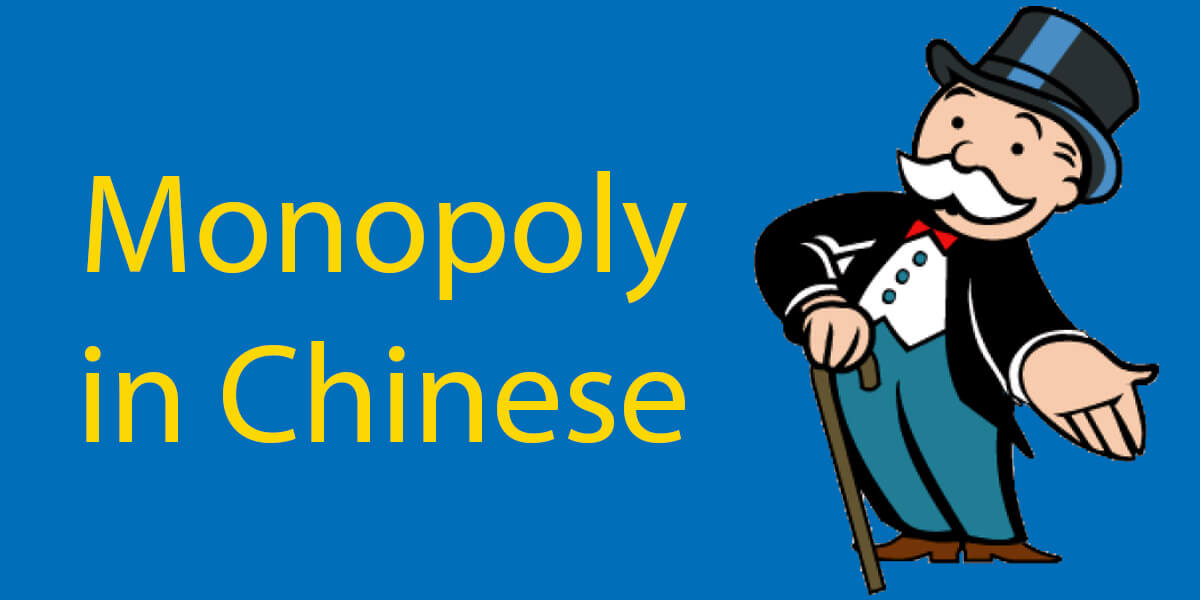
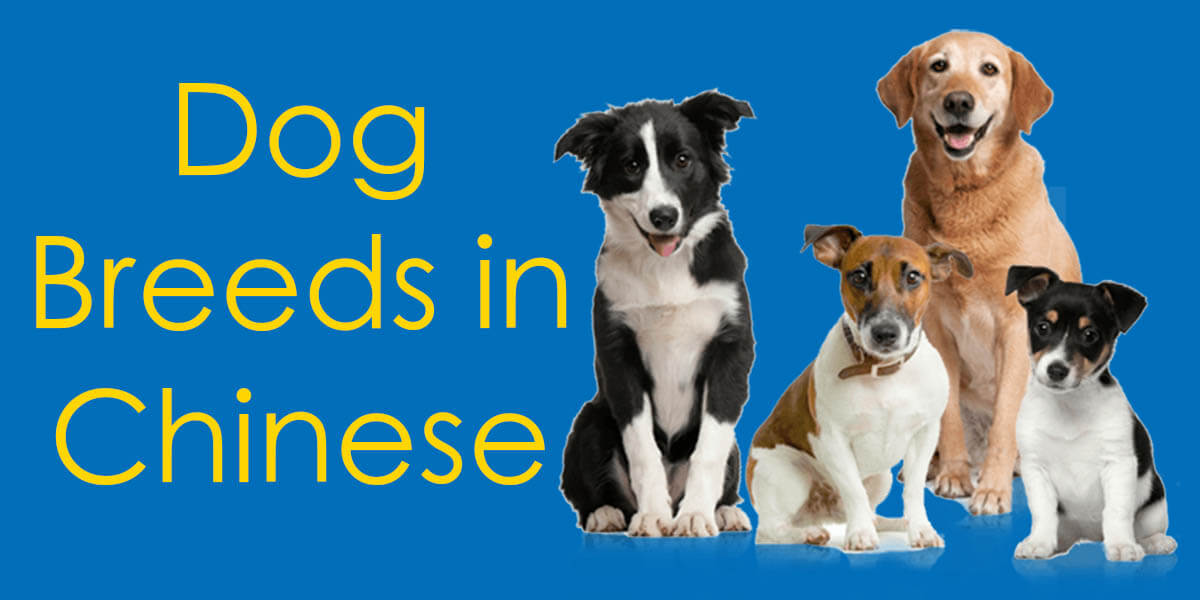
Dog Breeds in Chinese
Learn all the dog breeds, commands, body parts and more with our ultimate dog blog.
Singapore Language – FAQ’s
What language(s) do they speak in Singapore?
Singaporeans predominantly speak English followed by Mandarin (Chinese), Malay (Malaysian) and Tamil (Southern India).
What is the official language of Singapore?
There are four official languages, each chosen to represent the largest ethnic groups of the country. These include English, Mandarin, Malay and Tamil.
What is the main language of Singapore?
English is the main language of Singapore with around 37% of the locals using it as a first language.
However, if you were to add the 34.9% of Mandarin speakers with 12.2% of other Chinese dialects then technically the many varieties of Chinese would be the main language of Singapore.
What is the native language of Singapore?
Singapore once being part of Malaysia, would consider Malay as the native language of Singapore.
As such Malay is used for the Singaporean national anthem, military drills and on the coat of arms.
What kind of language do they speak in Singapore?
The unique languages of Singapore would be Singlish and Singdarin.
They are versions of English and Mandarin that have combined with each other and more languages to be Singapore’s unofficial languages.
Want more from LTL?
If you wish to hear more from LTL Mandarin School why not join our mailing list.
We give plenty of handy information on learning Chinese, useful apps to learn the language and everything going on at our LTL schools!
Sign up below and become part of our ever growing community!


 Hi, my name is Greta. I am from Italy and I work as a student advisor. Please contact me if you wish to come and study with us!
Hi, my name is Greta. I am from Italy and I work as a student advisor. Please contact me if you wish to come and study with us!

